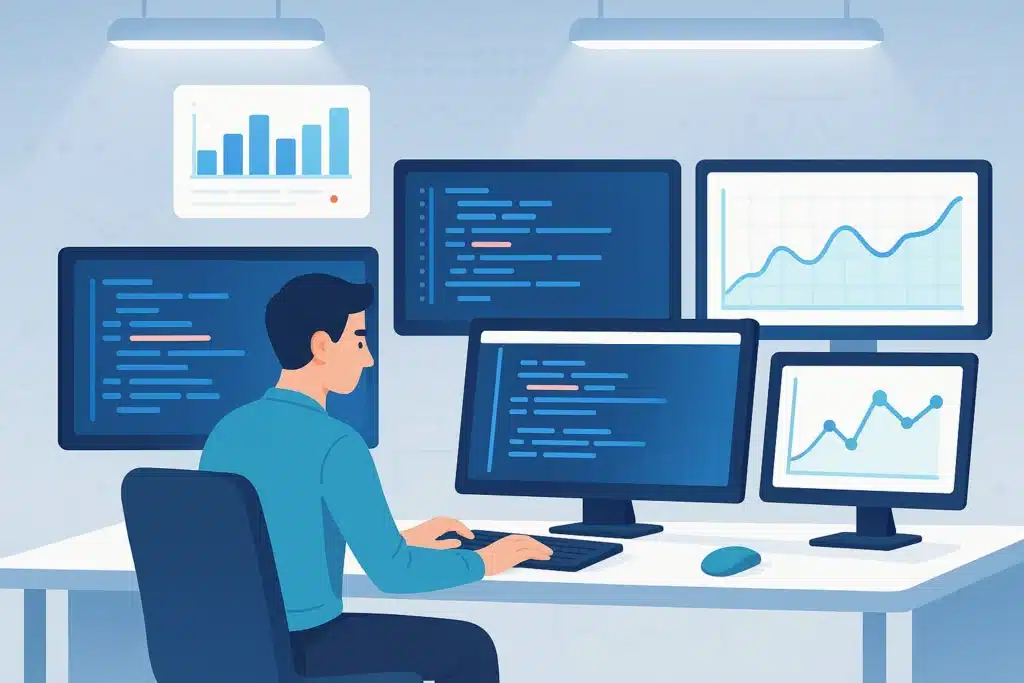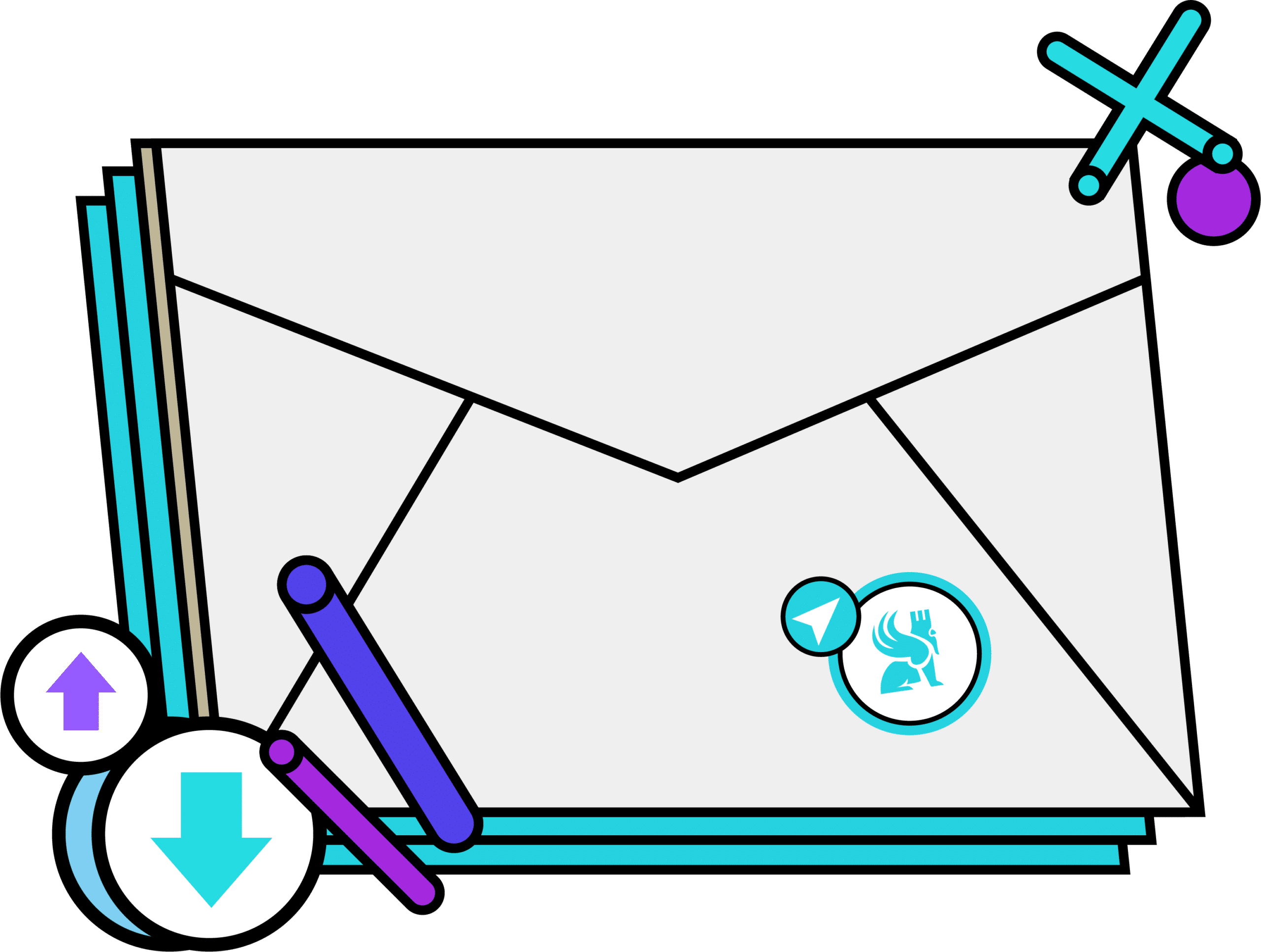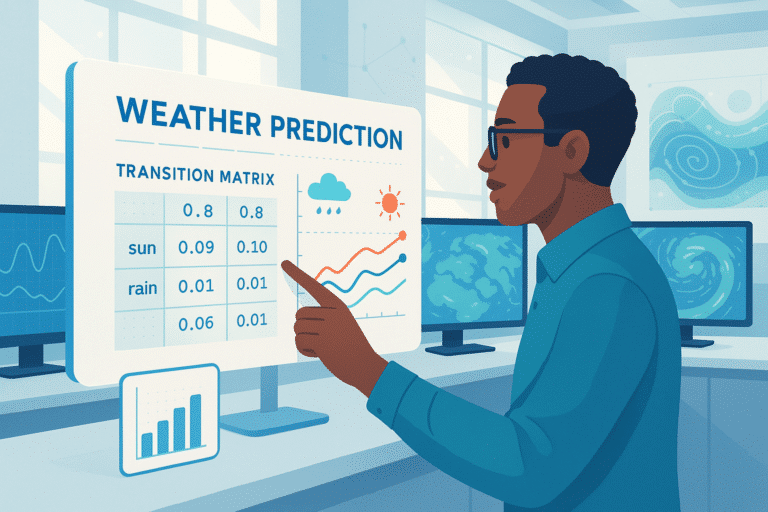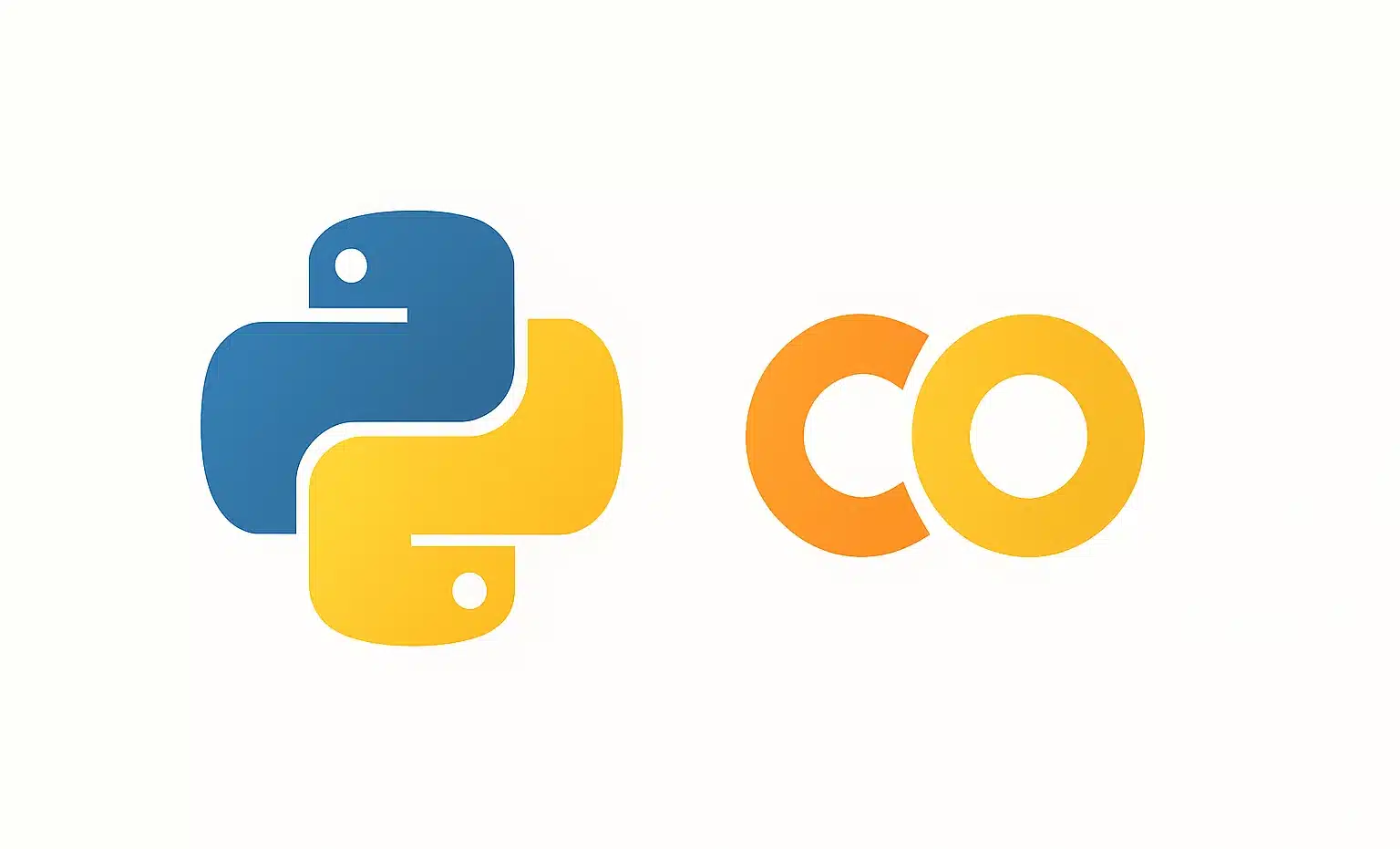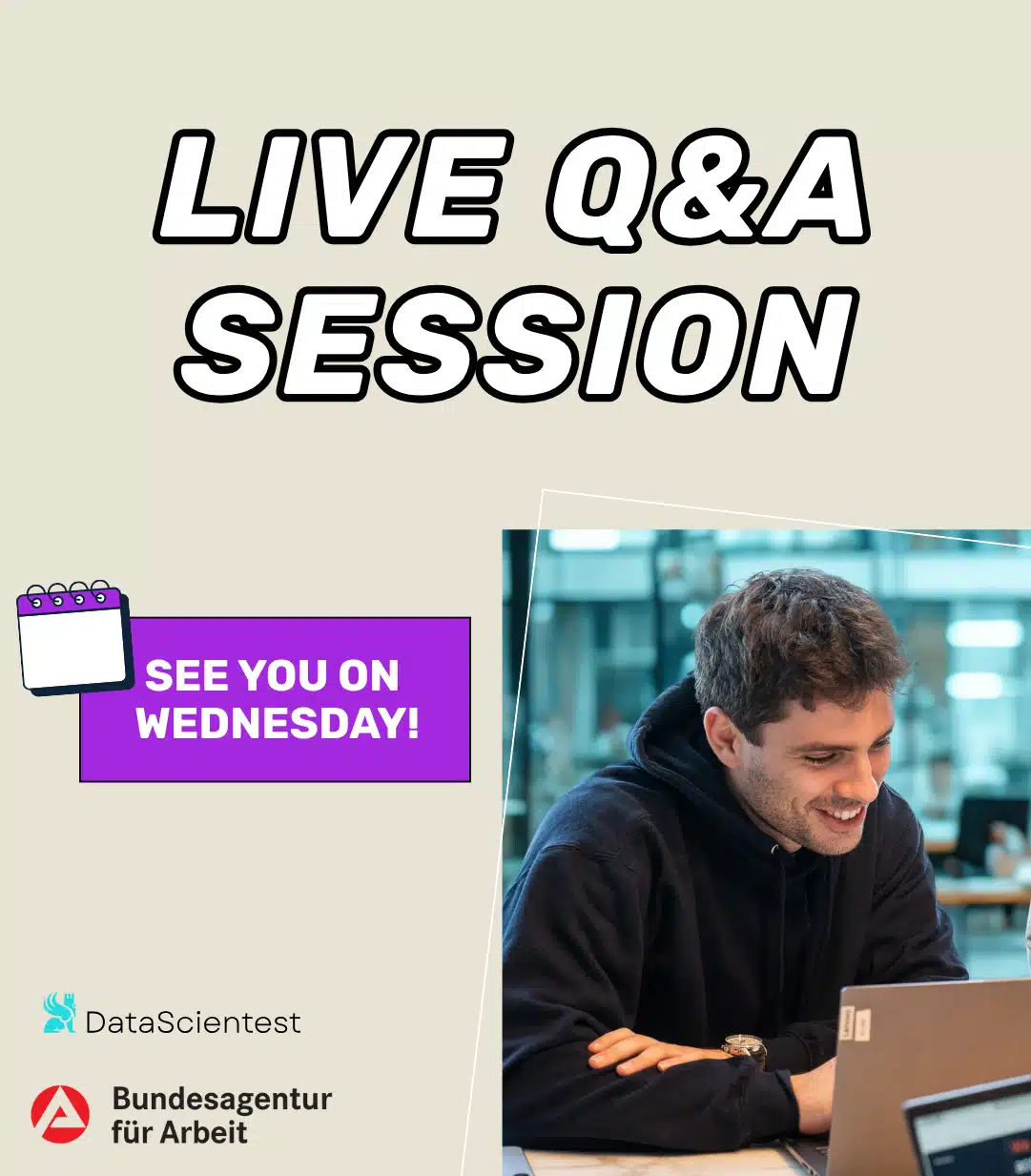Crew AI is an open-source framework that enables multiple artificial intelligences to collaborate like a genuine project team. Discover how this tool transforms AI agents into specialists capable of dialoguing, coordinating, and successfully carrying out missions!
Artificial intelligence has advanced tremendously. However, it is evident that an isolated agent, no matter how powerful, quickly reaches its limits. A chatbot, even one enhanced by OpenAI’s o3-pro, struggles to manage a complex project, code an entire website, or perform a comprehensive analysis without losing focus.
Why? Because true intelligence, the kind that progresses, delegates, verifies, and iterates, is rarely solitary. It is collective. However, an open-source solution might change the game by bringing together multiple intelligent agents into a single virtual team: Crew AI.
Much like a well-organized work group, each agent has a specific role, a clear objective, and collaborates with others to carry out the most complex missions. This innovative approach could potentially transform our interactions with AI!
Why is a single AI no longer sufficient?
While we may be impressed by ChatGPT, Claude, or Gemini, one truth remains: these AIs excel at ad-hoc tasks, not at lengthy, multi-step projects. They are proficient at summarizing text, generating ideas, or explaining concepts… but struggle when it comes to planning, prioritizing, coordinating, and maintaining working memory.
Attempt having them write a complete script. Test it, correct it, document it, and publish it on GitHub. You might soon find yourself stepping in as the human project manager. Why the bottleneck? Because these AIs, despite their power, are solitary minds lacking structure and hierarchy.
They lack a project framework, a shared workflow, a team dynamic. This is exactly what multi-agent AI frameworks like Crew AI seek to address! By combining multiple specialized intelligences, we recreate a type of organization akin to a human team.
Each AI has its role, responsibilities, and communicates with others to advance the project. An AI developer codes, an AI reviewer verifies, an AI manager oversees. It’s straightforward, inspired by how humans work, but remarkably effective.
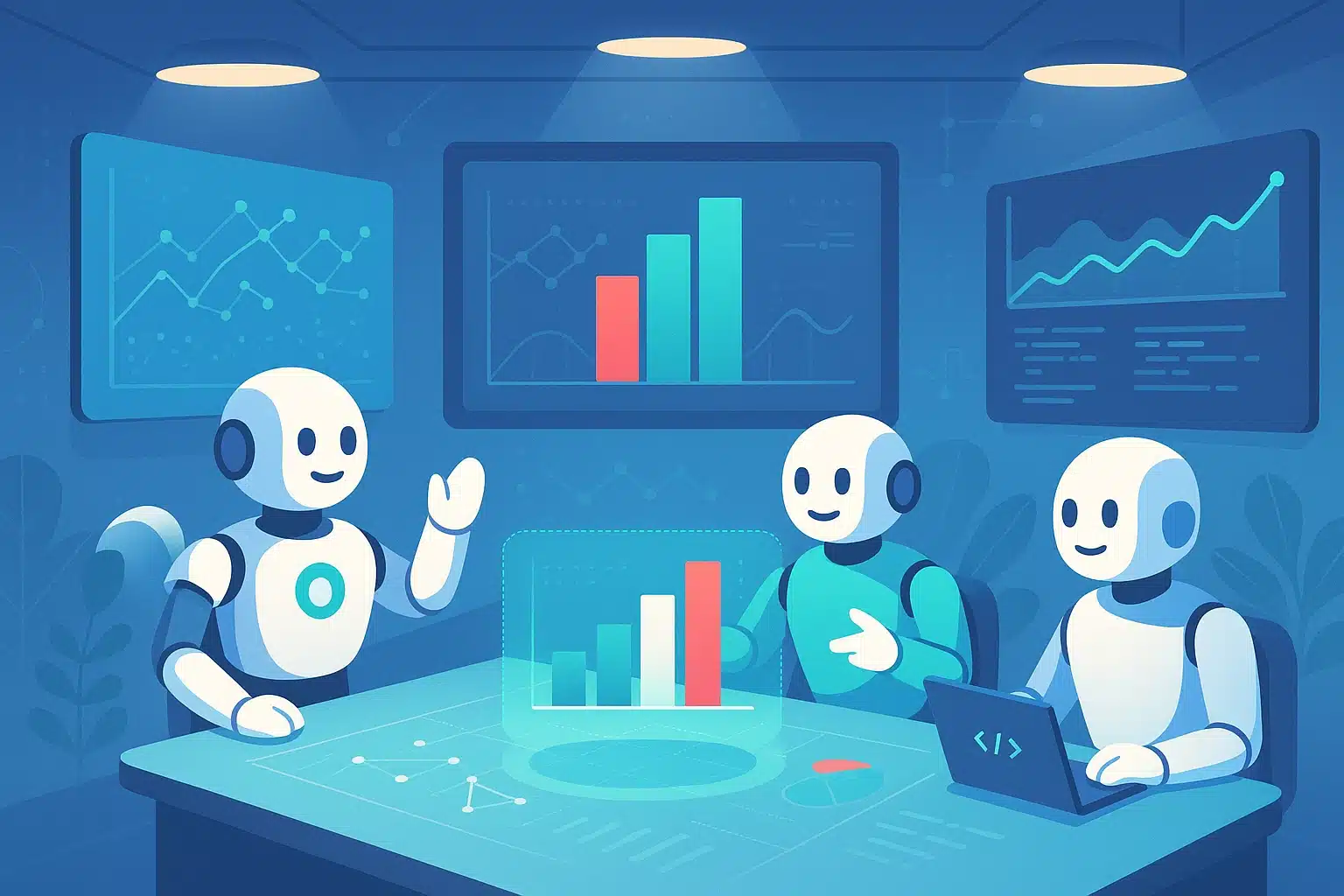
A framework to create an entire team of AI agents
Crew AI is an open-source library in Python. It allows for orchestrating multiple AI agents like a real project team. Instead of relying on a single generalist assistant, you can create a squad of specialized AIs, each with a role, a mission, and the ability to converse with teammates.
You only need to define a global objective, such as “create a showcase website for a pizzeria.” Then, assemble a team of agents: a UX designer, a front-end developer, an SEO writer, a project manager…
All are powered by LLMs like GPT-4o or Claude. Each agent works within its field, collaborates with others, and contributes to driving the mission forward. All coordinated by an agent manager who organizes the team.
The strength of Crew AI lies in its role-based logic, its shared contextual memory system, and its capacity to manage complex inter-agent communications. We are no longer talking about isolated prompts but structured dialogues between intelligent entities. This is collaboration between AIs.
How does it work?
The mechanics of Crew AI are based on role definition, workflow coordination, and agent interaction. Each agent is configured with a specific role (e.g., “React Developer”), an associated LLM (GPT-4, Claude, etc.), a level of autonomy, and specific tools.
This specialization helps avoid generic responses and foster targeted expertise. The operation is overseen by a “manager” agent. It is the manager who breaks down the main mission into sub-tasks and assigns work to each agent.
It then ensures that deliverables align with the final objective. Additionally, it can recontextualize exchanges if an agent deviates. But the real magic occurs when agents communicate with each other. They don’t work in isolation but engage, question, and correct one another.
A writer can ask for clarification from an analyst, a developer can submit their code to the AI reviewer, and the manager can restart discussions if a response is incomplete. This mimetic collaboration system empowers Crew AI to tackle complex, prolonged, and dynamic tasks that were previously beyond isolated AIs’ capabilities.
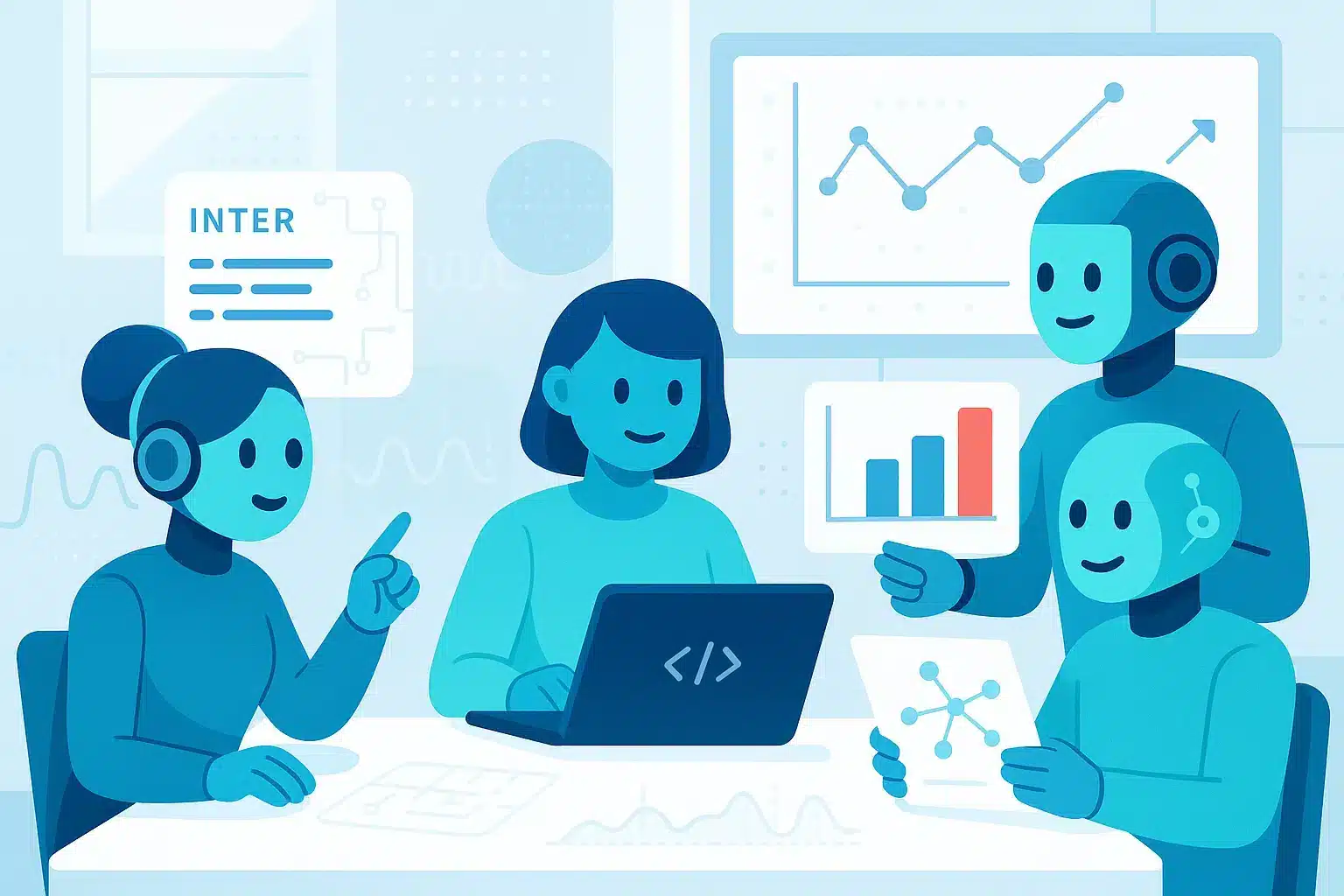
A real advantage for businesses
Until now, utilizing an AI often involved juggling between prompts, self-correcting errors, and manually piecing things together. With Crew AI, this fragmented operation transforms into a structured and collaborative approach. And that changes everything.
First, there’s an increase in efficiency. Each agent, being specialized, provides more precise answers, better suited to its field. No more vague generalizations: the AI developer truly codes, the tester identifies bugs, the strategist proposes a coherent plan.
Moreover, there’s a reduction in mental load for the user: no need to manage each step, as the AI manager handles it. But most importantly, Crew AI enables the replication of workflows similar to those of a human team.
We’re no longer talking about AI as an ad-hoc assistant but as a force of coordinated production. Writing a market study, designing a marketing strategy, creating an application… everything becomes more fluid, more realistic, more autonomous.
The best multi-agent framework?
Other multi-agent frameworks are beginning to emerge, each with its own philosophy. Among the best known, LangGraph focuses on a graphical approach to conversational flows. Meanwhile, Microsoft offers AutoGen, which emphasizes advanced agent customization, and Autogen Studio, which provides a no-code interface for orchestrating AI teams.
But what sets Crew AI apart in this burgeoning landscape is its ease of setup, its modular logic, and its immediate effectiveness. While some tools require substantial software engineering expertise or complex setups, Crew AI can be launched with a few lines of code and clearly defined roles.
Another strong point is interoperability. Crew AI integrates seamlessly with LangChain, OpenAI APIs, or in-house tools. Thus, you can create agents not only capable of communicating among themselves but also capable of acting on databases, generating code, or interacting with apps. While other frameworks are still solidifying their foundations, Crew AI is already standing out as an operational toolbox, designed for a tangible productivity boost.
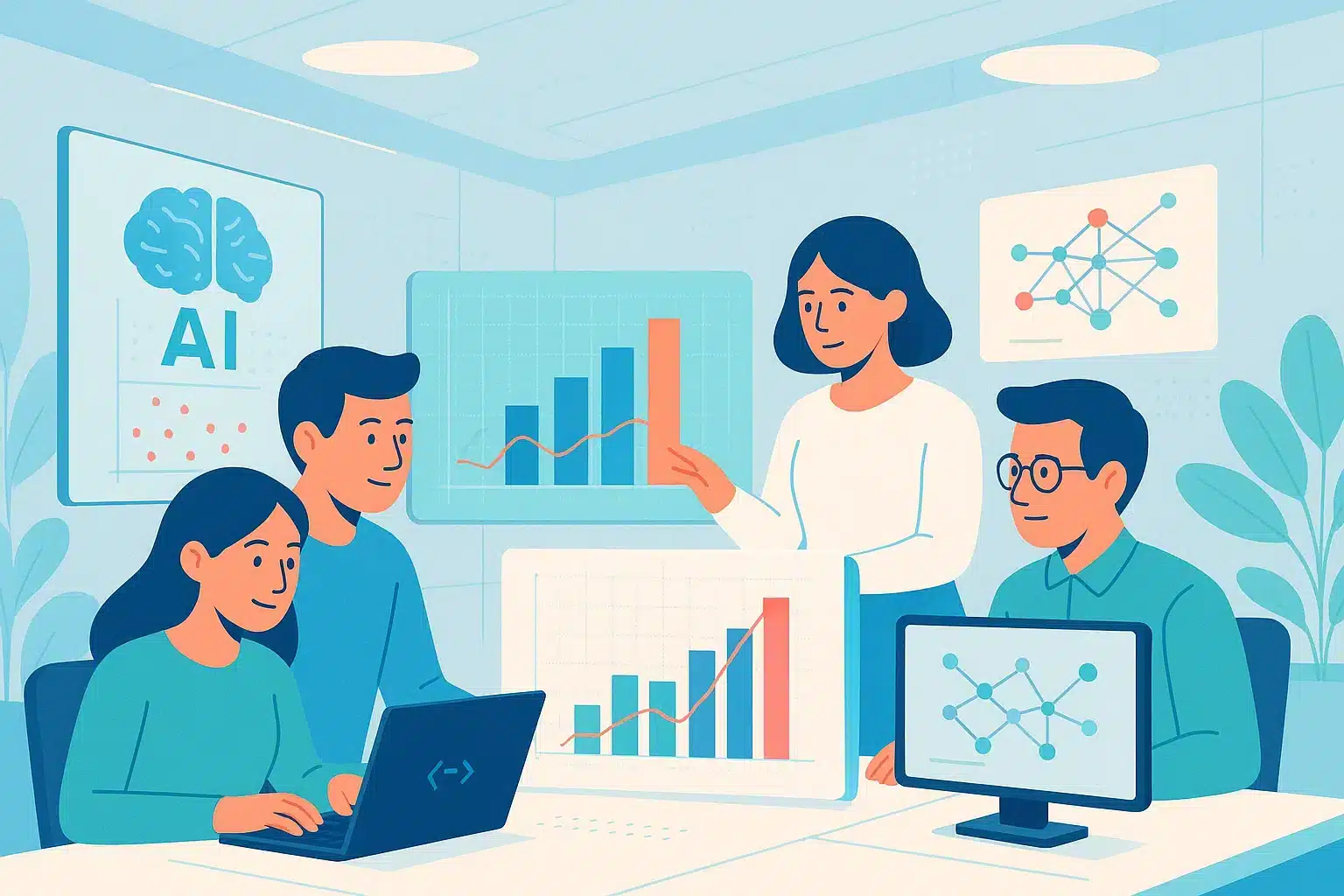
Several caveats to consider
As promising as Crew AI is, its multi-agent model still has limitations. The first is cost: running multiple agents in parallel with powerful LLMs (like GPT-4) can quickly become expensive.
The second weak point is the quality of interactions between agents. Although the system relies on communication, there are instances where agents misunderstand each other, run in circles, or contradict one another. It’s the risk of “meetingitis” in an AI version: lots of discussions, few decisions. By emulating human teams, agents also inherit their shortcomings…
Effective coordination is thus crucial. But it heavily depends on the quality of the initial prompt, role definition, and the appropriate model choice. There’s also the question of alignment: who oversees the final objective? Who decides in case of disagreement?
The AI manager is there for that, but it remains an AI, lacking industry awareness. Humans still serve a central role to validate, arbitrate, and guide the entire process in the most intricate cases. However, over time, the framework will improve. In the foreseeable future, we can envision fully autonomous teams managing entire projects, from ideation to execution. A revolution is on the horizon.
How to test Crew AI today?
The good news: Crew AI is open source, freely available on GitHub, and relatively easy to get started with if you possess basic Python knowledge. Installation requires a few commands, and the supplied examples facilitate a quick start with a test project.
You can assemble a team of agents around a simple objective (writing a blog post, generating a landing page, analyzing product data…) and observe how the roles interact. The framework offers templates for creating different agent types (writer, analyst, developer…), each with its own personality, LLM model, and tools.
Moreover, Crew AI is also compatible with APIs like OpenAI, Anthropic, and Cohere. You can thus choose your models based on your needs (speed, cost, accuracy). And if you want to explore further, integrations are possible with LangChain, vector databases, or even business tools like Notion or GitHub! It’s a comprehensive sandbox to build your ideal AI team.
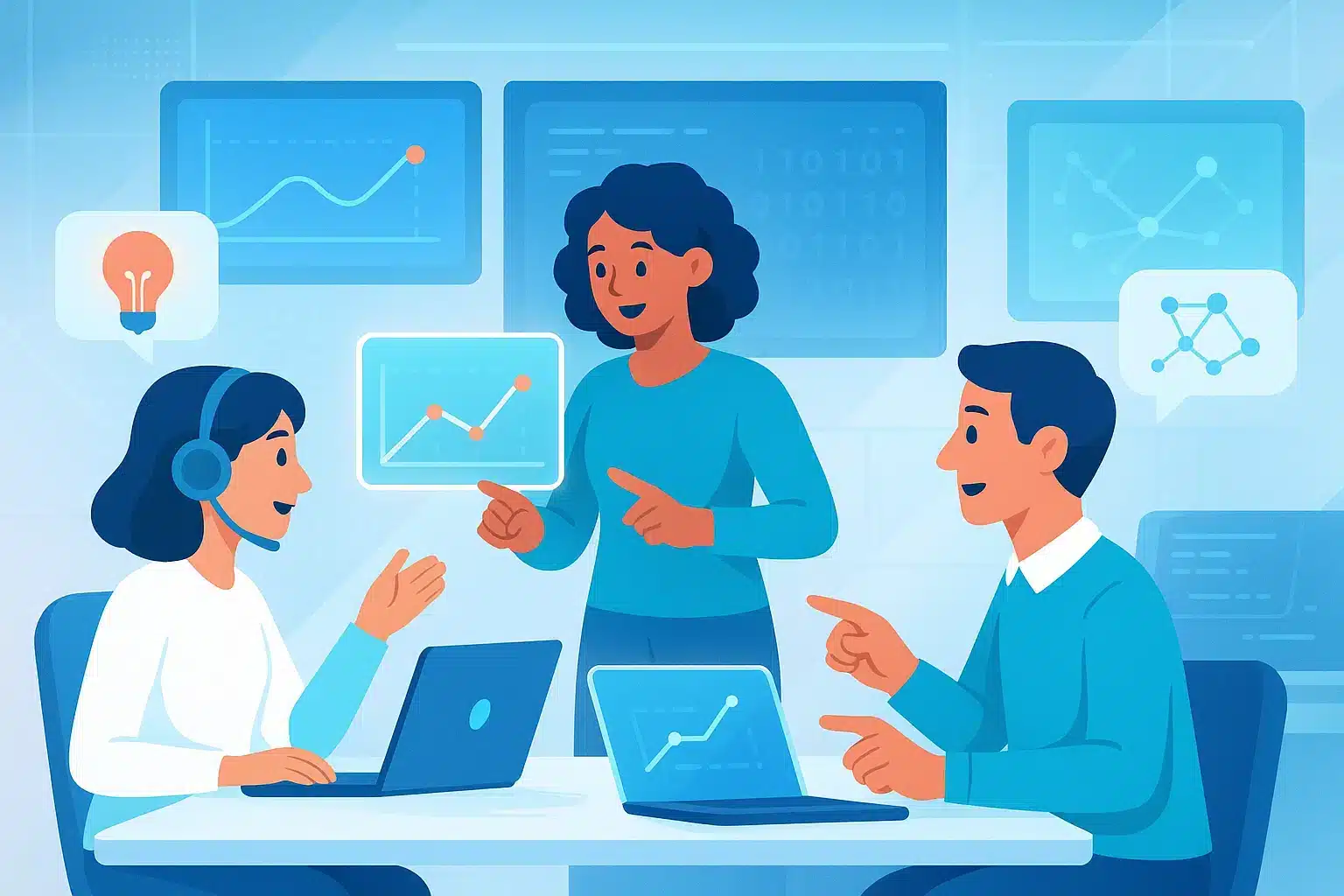
Crew AI, your AI agents now form a formidable team
With Crew AI, we ascend to a higher level in our interaction with artificial intelligences. Say goodbye to the chatbot that simply responds in a linear sequence: welcome specialized, coordinated AI teams, capable of managing complex projects as a human team would.
This marks a turning point in how we conceive automation. More collaborative, more fluid, more intelligent. The limitations still exist, but the momentum is underway. To delve deeper and master AI technologies such as Crew AI, DataScientest offers cutting-edge training accessible to all profiles, even beginners.
Our courses will enable you to understand the basics of LLMs, explore concrete uses of generative AIs, learn to create your own agents, and experiment with advanced use cases. With a project-oriented approach and personalized support, you will quickly be able to design robust, performant, and ready-to-use AI solutions.
Whether in bootcamp, in internships or continuous training, DataScientest assists you in a certifying and professionalizing skills advancement! Explore the multi-agent AI universe with method, ambition… and a good crew.
You now know everything about Crew AI. For more information on this topic, explore our comprehensive article on LangChain, and our article dedicated to AI agents!

